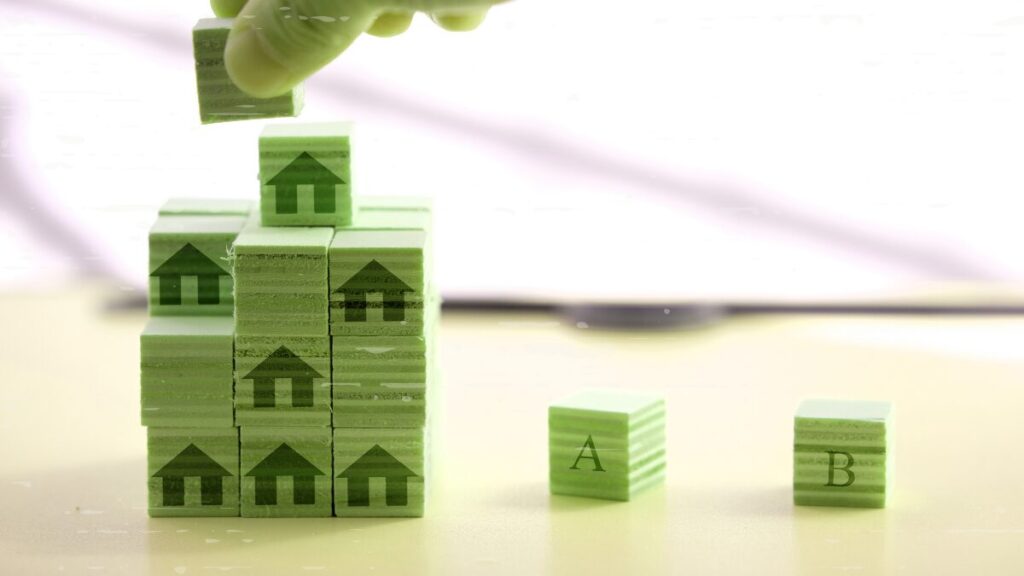Handling security deposits is crucial to rental property management. Landlords rely on security deposits to protect themselves financially in the event of damage or nonpayment of rent. To be fair, deposits must be collected and refunded carefully. Here are comprehensive strategies for managing security deposits and refund processes effectively.
Key Takeaways:
- Understanding and complying with legal requirements for security deposits is crucial to avoid legal disputes and ensure transparency.
- Setting clear policies and communicating expectations to tenants helps prevent misunderstandings and reinforces the conditions for deposit refunds.
- Complete inspections before, during, and after move-in document the property’s condition and justify deductions.
- Maintaining detailed records and providing timely, fair, and documented refunds fosters trust and minimizes disputes with tenants.
1. Understanding Legal Requirements
Know the Laws
Every state has specific regulations regarding security deposits. These laws dictate how much can be charged, how the deposit should be stored, and the timeline for returning it. Familiarize yourself with these regulations to ensure compliance and avoid legal disputes.
Disclosures and Documentation
Provide tenants with a written security deposit receipt that includes the amount, intended use, and return terms. Inform tenants where their deposit is maintained and if it earns interest.
2. Setting Clear Policies
Define Terms in the Lease Agreement
Ensure that your lease agreement clearly outlines the terms and conditions regarding the security deposit. This should include:
- The amount of the deposit.
- Conditions under which the deposit may be withheld (e.g., unpaid rent, property damage).
- The process for requesting repairs or maintenance.
- The timeline for the return of the deposit after the lease ends.
Communicate Expectations
At the start of the tenancy, communicate your expectations regarding property care and maintenance. Provide a checklist of responsibilities to avoid misunderstandings and reinforce these expectations periodically.
3. Collecting the Security Deposit
Use a Separate Account
Store security deposits in a separate, interest-bearing account (if required by law).This assures legal compliance and streamlines deposit accounting and tracking.
Document the Transaction
Issue a receipt for the security deposit, detailing the amount paid, date, and purpose. Keep a copy for your records and provide one to the tenant.
4. Conducting Inspections
Move-In Inspection
Photograph and inventory the property before the tenant moves in. Have the tenant review and sign this document to acknowledge the property’s condition at move-in.
Regular Inspections
Check the property regularly during the tenancy to guarantee adequate maintenance. Address any issues promptly to prevent them from escalating.
Move-Out Inspection
Conduct a final inspection after the tenant moves out, using the initial inspection checklist as a reference. Document any damages or issues that may affect the return of the security deposit.
5. Handling Deductions
Fair and Reasonable Deductions
Deductions from the security deposit should be reasonable and documented. Common deductions include:
- Unpaid rent or utilities.
- Damage beyond normal wear and tear.
- Cleaning costs if the property is not left in a clean condition.
Provide an Itemized Statement
If deductions are made, provide an itemized statement to the tenant, detailing the reasons for the deductions and the cost of repairs or unpaid amounts. Include receipts or invoices for any repair work done.
6. Timely Refunds
Adhere to Legal Timelines
Return the remaining security deposit within the timeframe stipulated by state laws, typically within 14-30 days after the tenant vacates the property.
Electronic Refunds
Consider using electronic payment methods for refunds. This streamlines the procedure and records the transaction.
7. Maintaining Records
Keep Detailed Records
Maintain detailed records of all transactions related to security deposits, including receipts, inspection reports, communication with tenants, and refund details. These documents are vital in disputes.
Digital Solutions
Utilize property management software to automate and streamline the security deposit management process. Such tools can help track deposits, schedule inspections, and generate reports.
8. Handling Disputes
Open Communication
If a dispute arises, communicate openly with the tenant to resolve the issue amicably. Provide evidence, such as inspection reports and receipts, to support your case.
Mediation and Legal Action
If an agreement cannot be reached, consider mediation before resorting to legal action. Mediation can be a cost-effective way to resolve disputes without going to court.
FAQs
1. What are the legal requirements for handling security deposits?
Security deposit regulations vary by state, including maximum charges, storage, and return deadlines. Familiarize yourself with these regulations to ensure compliance and avoid legal disputes.
2. What should be included in the lease agreement regarding security deposits?
Security deposit amount, withholding conditions, how to request repairs or maintenance, and deposit return date should be in the lease.
3. How should deductions from the security deposit be handled?
Deductions should be fair and reasonable, typically covering unpaid rent, property damage beyond normal wear and tear, and cleaning costs. Provide an itemized statement to the tenant, detailing the reasons for deductions and the associated costs, along with receipts or invoices for any repair work done.
Conclusion
Positive landlord-tenant relationships and rental property investment protection require effective security deposit and refund management. Understanding legal requirements, developing clear regulations, conducting thorough inspections, and keeping accurate records may ensure a fair and transparent process for you and your tenants. These tactics will reduce disagreements and boost your reputation as a trustworthy rental property manager.
